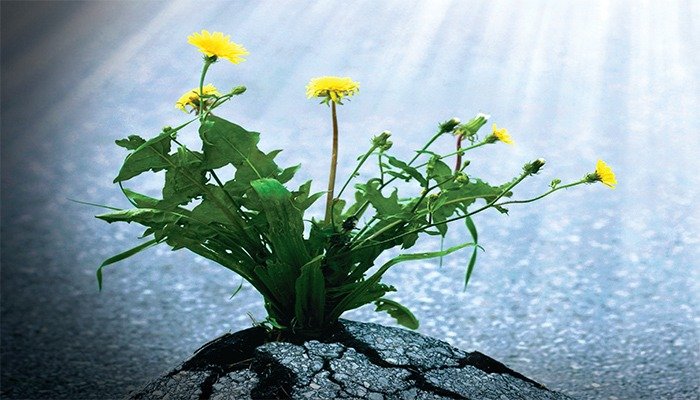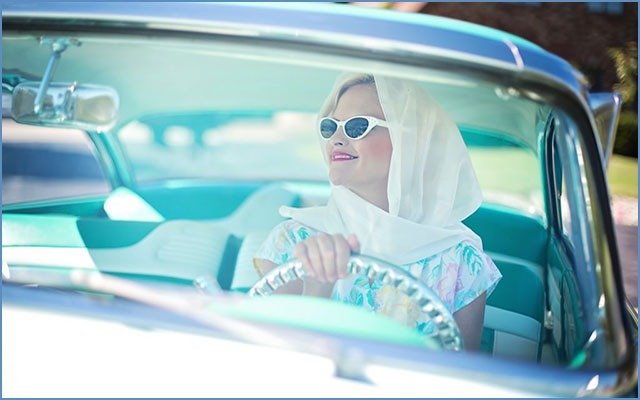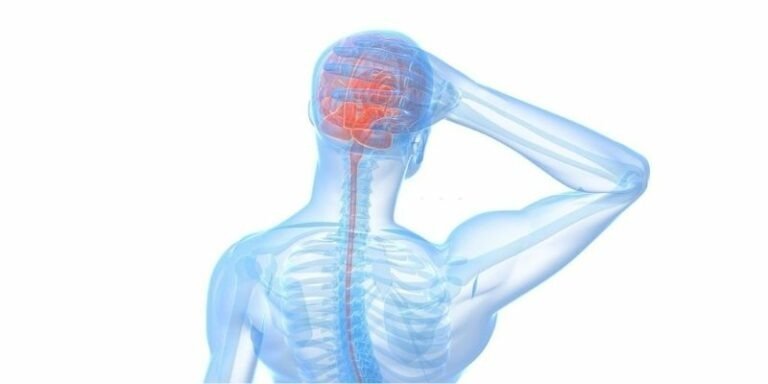Joan Lunden

“Women are stunned to hear I had a clean 3-D mammogram,” Lunden says, referring to the normal results she received just weeks before her diagnosis of triple-negative, stage two breast cancer. “But the tumor was way back near my chest wall, and it only showed up with an ultrasound.”
Lunden explains that like many women, she had always been diligent about keeping her routine mammogram appointments. However, as many breast cancer patients have found, mammograms can be misleading when women have dense breast tissue. Before her diagnosis, Lunden didn’t realize that mammogram scan provide a false sense of security, and she explains that her career as a journalist played an important role in her diagnosis. “The only reason I had an ultrasound was because I had been sent to do an interview with Dr. Susan Love, author of Dr. Susan Love’s Breast Book,” Lunden recalls. “While we were talking, she asked me if I got regular mammograms. I said yes and told her that I was always nervous because they told me I had dense, fibrous tissue in my breasts. She told me that I needed to follow every mammogram with an ultrasound, so the next time I went in, my doctor wrote me a prescription. No one had ever suggested that to me before.”
The ultrasound showed two tumors, the triple-negative, stage two cancer and another, a DCIS (ductal carcinoma in situ) tumor. Lunden says she was shocked by the diagnosis and grateful to have found the tumors. “I’m very fortunate, and I credit Dr. Susan Love with saving my life,” Lunden says. “Without her, I don’t know where my story would’ve ended, but it likely would have been very late stage or metastatic cancer.”
HAD I KNOWN
In Lunden’s new book, Had I Known, the author, health advocate and host of Good Morning America talks about her own cancer experience with the same candor that has earned her numerous awards throughout her career. Using the journalistic skills that took her to 26countries, five Olympics and helped her earn interviews with Presidents Ford, Carter, Reagan and both Bushes, Lunden recalls each stage of her breast cancer journey in detail while also providing insight into the medical challenges of diagnosing and treating the disease.
“Chemotherapy keeps you up at night, and I started journaling from day one,” Lunden says. “Had I Known is about my journey, how I experienced breast cancer and what I learned along the way. For example, had I known that only a small percentage of women with breast cancer have a family history of the disease and that risk factors include early menstruation, having children later and eating a certain type of diet, I would have done things like modifying what I eat sooner. My experience with cancer is also what made me start an online TV channel, Alive with Joan Lunden (alivewithjoan.com). I want to try to build a platform where I give everyone an all-access pass to top research and information. It’s a new way of getting information out to people.”
Lunden says that part of what she learned was that a breast cancer diagnosis comes with a lot of questions, many that must be answered during a time of unimaginable stress. Joking that the problem with a second opinion is that “you get one,” she says that women need to make the right decisions for their own lives rather than simply following the first recommendation they receive.
“It’s a tough predicament to be in,” Lunden says. “The battle against cancer comes with a lot of tough decisions, and ultimately, it lies in your lap. At some point, you have to develop an informed opinion and put together a team you trust. Every woman’s breast cancer is different, and every decision is huge—there are no small decisions when it comes to this disease.”
TREATMENT, SIDE EFFECTS and the PEOPLE MAGAZINE COVER
After consulting with numerous doctors, Lunden put together her team of medical professionals and a treatment plan of action. She decided to deviate from the recommended standard of care and have her chemotherapy prior to surgery to shrink the tumor, a decision she stands by in retrospect.
“Chemo completely eradicated my DCIS tumor, and even with my triple-negative tumor, we had a 90percent response,” says Lunden. “Surgery was minimal, and that wouldn’t have happened if I had gone with the first recommendation. It was a new way of looking at treatment at the time I did it, but my oncologist had just come from the big breast cancer conference in San Antonio, and thought it would be a good treatment approach.”
Lunden and her oncologist also decided to reverse the order of her chemotherapy medications. She started her treatment with 12weeks of Taxol, which is often used as the last chemotherapy medication in a treatment plan. “My doctor proposed taking a more aggressive route, and I said yes to that,” Lunden explains. “I also went on a no sugar, no dairy, no wheat eating program almost immediately, and I think that made a huge difference in how I felt while in treatment.”
Throughout chemotherapy, Lunden adopted practices that she believes helped her navigate the often grueling treatment as successfully as possible. She used Biotene to prevent mouth ulcers that can accompany some oft he strong chemotherapy drugs, and kept ice chips in her mouth when the medications were being administered. She worked out every day, took Benadryl and anti-nausea medications at every treatment and paid close attention to how she felt each day in an effort to prevent debilitating side effects.
“A lot of people become reclusive because they are so sick,” Lunden says. “There were a few days I couldn’t get out of bed, but every morning, I asked myself if I was nauseated or had a headache yet. Then I would try to respond to how I was feeling immediately. If you wake up and expect to have a headache or not feel well, you may end up not feeling well, but sometimes it helps to think positive—otherwise you can convince your-self into feeling sick.
“I had the dense-dose AC treatment every two weeks, and I would have Neupogen to increase my blood cell counts,” continues Lunden. “Neupogen can end up making you feel the worst; you really feel the pain in your large bones, your pelvis and lower back. It’s like the flu, and you actually know it’s doing what it needs to do when you feel bad. Even with this, I still had to have two blood transfusions as well.”
Lunden says her cancer diagnosis and treatment was like being “shot out of a cannon into a world of oncology,” where she had to learn all new terminology and treatment options right away. Lunden was spending her summer in Maine, out of the public eye for a few months, when People magazine approached her about being photographed bald for the cover.
“It was not an easy decision,” she recalls. “But when I thought about tweets I’d seen from women who would not go for a mammogram because they were afraid of losing their hair or their breasts, I knew I had to do it. People told me that I was going to save lives, and that cover elicited such an amazing response.I heard from women who said they had changed their minds about getting a mammogram after seeing the cover; some were diagnosed with stage one cancer, which is early stage, and has the best long-term prognosis. The more I heard,the more I knew I had made the right decision.”
ACCEPTING CARE
Stating that “cancer kicks your butt,” Lunden says one thing that challenged her was accepting care from others. Her husband and three daughters were constantly by her side, with one of them attending every doctor appointment. Lunden says when she told them they didn’t need to accompany her, they insisted on being there to support her.
“I am the type of person who will say, ‘You don’t need to do that for me. I’ll take care of it myself,’” she says. “Accepting care from others is the most difficult thing, but it’s a good thing they went with me, because it’s difficult to remember everything the doctor is saying during an appointment. “A lot of women don’t have that kind of support system—some don’t even have a ride to chemo treatments,” continues Lunden.“That keeps me balanced, thankful for my circle of support, and makes me determined to help other women by sharing my experiences.”
WHAT COMES AFTER
Recently, 15months after she was diagnosed, Lunden had her first clean mammogram and ultrasound. Empowered by her own experience with breast cancer, Lunden is now using her famous profile to work on public policies and to encourage women to be proactive about their own longevity.
“Cancer lit a fire in me to use the public’s trust in me to have an impact on this disease and its treatments,” Lunden explains. “I knew that my normal was going to be over when I went on Good Morning America and made the announcement. It changes you forever.
“I tell women to know what their own normal is, because tumors are found by self-exams and diagnostic tests,” she concludes. “Every time a celebrity shares their experience, more women learn from it. That’s why I’m going to keep talking about it. I want other women to come out on the other end like I did, appreciating each summer day, each rainy day.”
PainPathways Magazine
PainPathways is the first, only and ultimate pain magazine. First published in spring 2008, PainPathways is the culmination of the vision of Richard L. Rauck, MD, to provide a shared resource for people living with and caring for others in pain. This quarterly resource not only provides in-depth information on current treatments, therapies and research studies but also connects people who live with pain, both personally and professionally.
View All By PainPathways






